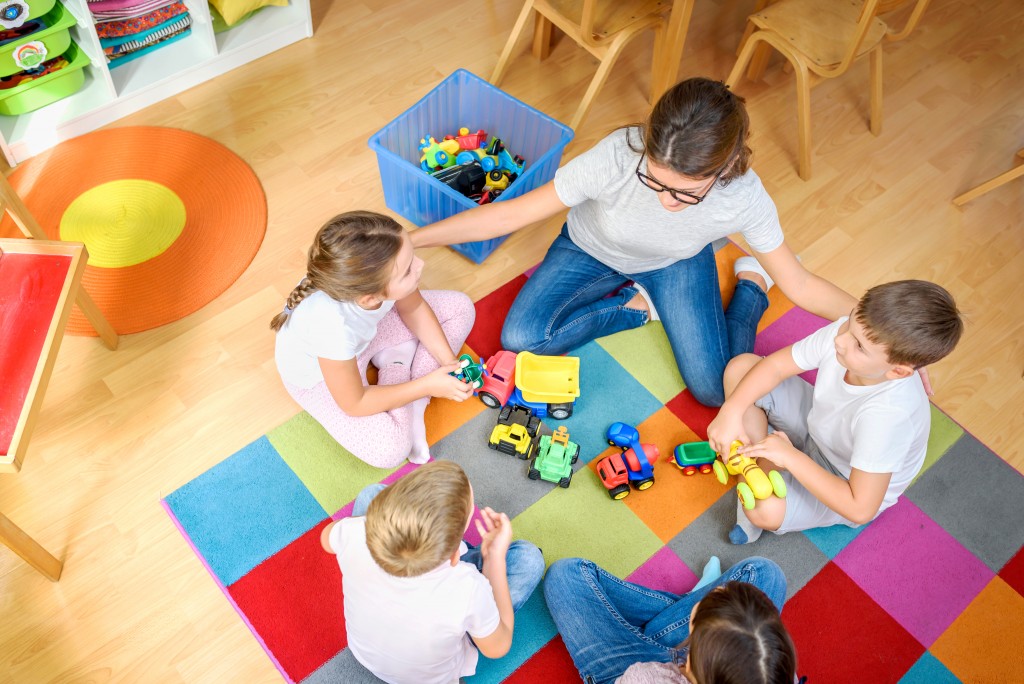Teaching and raising kids with special needs is challenging. The methods you usually use for other kids often don’t apply or need something special. However, having special needs shouldn’t be a hindrance for them to learn and have fun.
These kinds often have heightened or more sensitive senses and minds, so schools that specifically cater to them employ unique methods. The most commonly used is what they call sensory play.
What is Sensory Play?
This is a method of teaching that uses all five senses to stimulate brain function and assist in learning development, particularly in language. There are times when traditional teaching methods are not effective in teaching kids. Some children are more visual learners or can retain information better when doing things with their hands.
For kids with special needs, sensory play creates neurological pathways that connect their brain to their motor skills. This improves their cognitive growth and allows them to learn by interacting with their environment. Teachers who handle kids with special needs or learning deficiencies know how vital it is. Studies found that it is an effective method or even kids in achieving goals and is best done for a longer period.
Both teacher and parent can use this method to help their kids get a strong foundation that will help them better adapt to the future. If you want to learn how to do this, here are a few ways to get you started.
Use songs in learning
Music and catchy tunes are often used in teaching because it is highly effective in helping kids memorize. Many teachers accompany their lessons with a little jingle and some easy steps after each session. The movements develop their motor skills and help with associating certain actions to words for better retention. Songs in itself stimulate their hearing as they process the lyrics with the lessons associated with it.
Not only is it used for learning, but it also helps develop social interaction with Down syndrome kids. That’s because music is a common language for younger children, and it teaches them how to communicate and participate with them. Songs also improve their coordination as well as build their self-confidence and personality.
Play with kinetic sand
Sand is a great way to stimulate different senses. They use their sense of touch, sound, and sight. It is a great item in teaching them how to write. What it does is allow them to form the letters and numbers on their own. While they are writing it down, you can also guide them along by saying how the letter or words are pronounced. This would help them retain letters and words better.
It also has positive benefits for their physical development and creativity. Kinetic sand is great because it holds its shape like clay but also has the texture of sand. If you don’t have this, regular sand is okay too. Some people even use shaving cream. Just make sure that they don’t end up eating it though.
Finger painting

Similar to sand, finger painting stimulates their sense of touch because they are directly putting the paint in their hands. It also develops their sense of sight. Painting is a fun way of stimulating their understanding of depth perception and shadows.
More than that, it helps develop their understanding of colors. By having them interact and experiment with colors, they discover what mixes well with what. Also, they better understand what the colors are in relation to the items around them.
Experiment with scents
Stimulating the olfactory is important for children because it helps them focus and vocabulary. For one, the sense of smell can be used to teach certain words that cannot be easily visualized or explained. Aside from that, it helps their cognitive ability to focus because they have to concentrate on something that they don’t directly see.
What some trained teachers do is introduce kids to a variety of different kinds of scents with everyday objects like lotion. You can even collect a variety of scented plants like lavender and present it to them. The sense of smell also triggers our sense of taste in a way that we can often smell things that are and are not edible. An inability or poor sense of smell can be a sign of an underlying health condition, so you need to be aware if your child has an issue in this area.
Teaching special needs kids requires a lot of patience and a bit more understanding than usual. However, you’ll find that despite their condition, they are still kids just like everyone else. Sensory play is a great way of helping them without making them feel like they are inferior to other ‘normal’ kids.
